The Digital Divide 2.0: Navigating Digital Equity and Health Equity in Education
Edsurge
NOVEMBER 10, 2022
According to the Federal Communications Commission, evidence is showing a strong relationship between broadband access, internet adoption and health outcomes. For example, nationally, the Affordable Connectivity Program is an FCC benefit program aimed at providing affordable broadband access for work, school, health care and more.

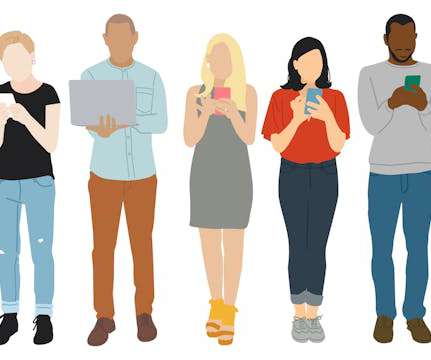
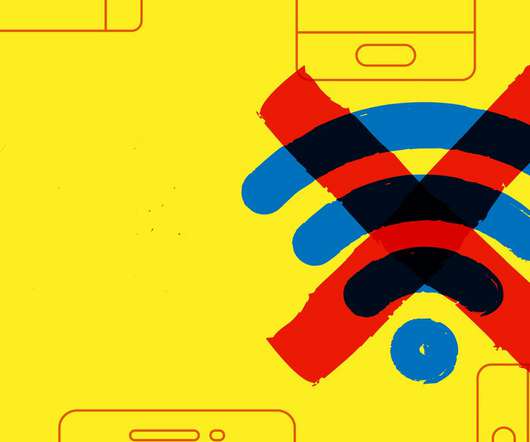
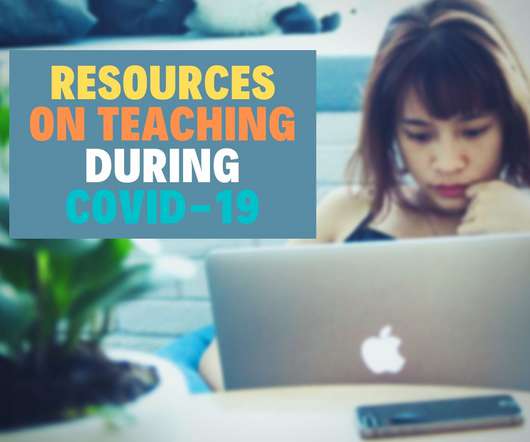

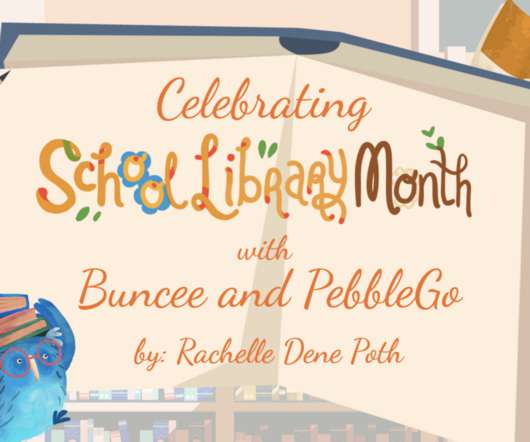



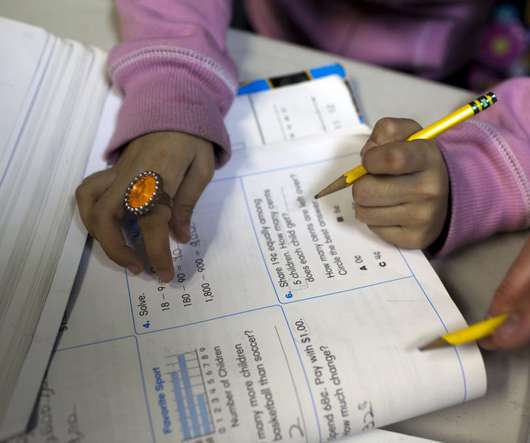

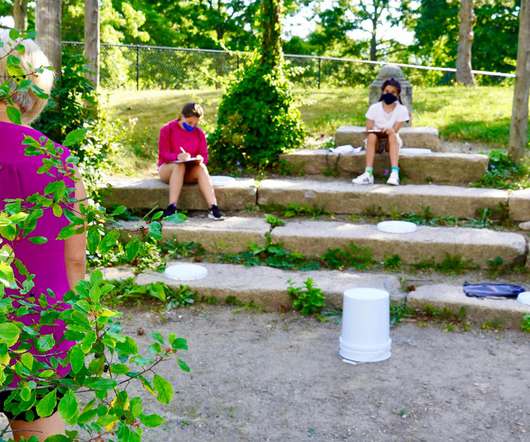






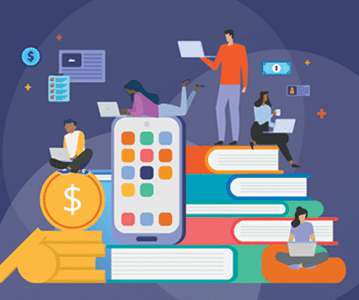

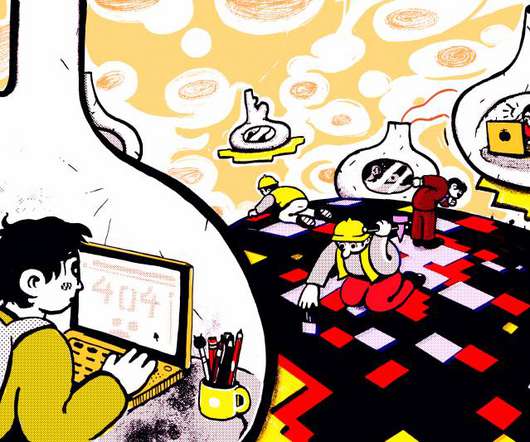
















Let's personalize your content